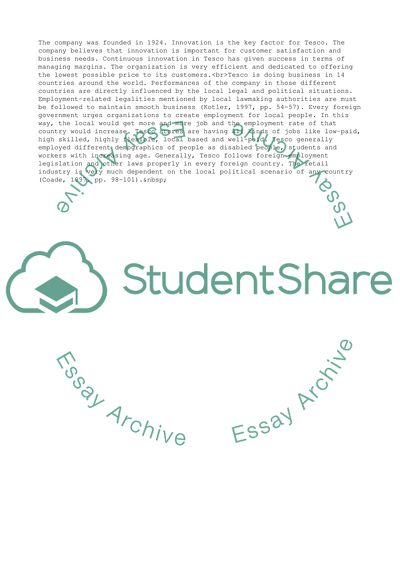Cite this document
(“REPORT TYPE OF WORK not essay: Strategic review report for TESCO Essay”, n.d.)
REPORT TYPE OF WORK not essay: Strategic review report for TESCO Essay. Retrieved from https://studentshare.org/business/1642736-report-type-of-work-not-essay-strategic-review-report-for-tesco
REPORT TYPE OF WORK not essay: Strategic review report for TESCO Essay. Retrieved from https://studentshare.org/business/1642736-report-type-of-work-not-essay-strategic-review-report-for-tesco
(REPORT TYPE OF WORK Not Essay: Strategic Review Report for TESCO Essay)
REPORT TYPE OF WORK Not Essay: Strategic Review Report for TESCO Essay. https://studentshare.org/business/1642736-report-type-of-work-not-essay-strategic-review-report-for-tesco.
REPORT TYPE OF WORK Not Essay: Strategic Review Report for TESCO Essay. https://studentshare.org/business/1642736-report-type-of-work-not-essay-strategic-review-report-for-tesco.
“REPORT TYPE OF WORK Not Essay: Strategic Review Report for TESCO Essay”, n.d. https://studentshare.org/business/1642736-report-type-of-work-not-essay-strategic-review-report-for-tesco.


